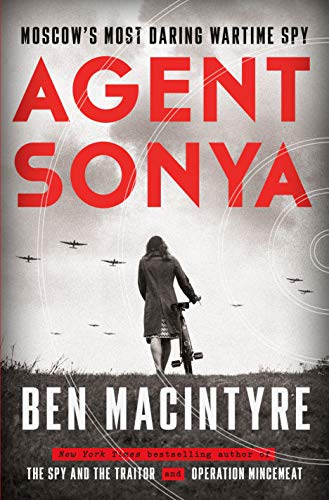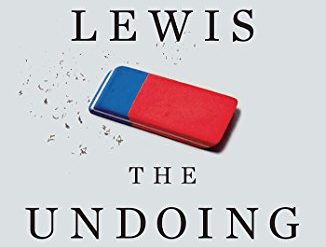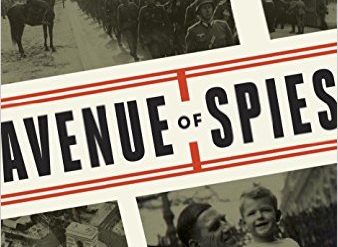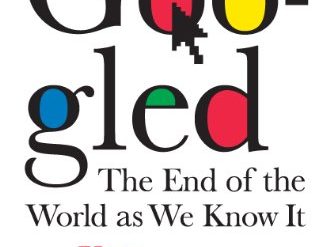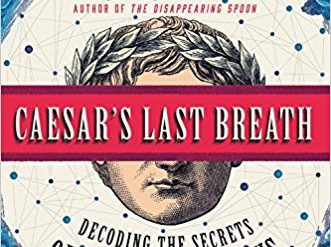
Estimated reading time: 6 minutes
Ben MacIntyre is one of the most prolific producers of nonfiction books about espionage in the English language. Of the thirteen books he’s written to date, nearly all are about spies, saboteurs, and partisans, and five of those books have been made into documentaries by the BBC. In his latest venture, MacIntyre tells the tale of an extraordinary Soviet spy in World War II, a German-Jewish Communist named Ursula Kuczynski (1907-2000). During her nearly two decades as an officer of Soviet military intelligence, Kuczynski played a pivotal role in one of the most spectacular intelligence coups of the twentieth century. As a colonel in the Red Army working for what was later called the GRU, she handled the agent who stole Britain’s and America’s most critical atomic bomb secrets for Josef Stalin. Her code name was “Sonya.” MacIntyre’s biography of her is endlessly fascinating.
An actor in the history of the twentieth century
Ursula Kuczynski’s life spanned the history of the Soviet state. “She was ten years old when the Bolshevik Revolution took place and eighty-two when the Berlin Wall came down.” She was born into a wealthy family of left-wing intellectuals in Berlin—”Albert Einstein was one of [her father’s] closest friends”—but sometimes suffered privation as an adult in war-torn China, Switzerland, Great Britain, the Soviet Union, and East Germany. She was married twice and gave birth to a son by a third man, but the love of her life was the superspy Richard Sorge (1895-1944), who seduced and recruited her to the GRU. And, as MacIntyre concludes, she came to view that history like so much of the rest of the world. As a Soviet spy, “She spent her adult life fighting for something she believed to be right, and died knowing that much of it had been wrong.”
Agent Sonya: Moscow’s Most Daring Wartime Spy by Ben MacIntyre (2020) 362 pages ★★★★★
A life peopled with extraordinary characters
Some of the most intriguing individuals in the history of the past century crossed paths with Ursula Kuczynski, and many of them, not just Richard Sorge and Klaus Fuchs, played important roles in her life.
- Robert Kuczynski (1876-1947), her father, and Jürgen Kuczynski (1904-97), her older brother. Both were prominent economists, and her brother, a Communist like herself, also became a Soviet agent in World War II.
- Agnes Smedley (1892-1950), an American journalist who worked as a spy for the Comintern in China and wrote sympathetically about the Chinese Communist Party. Like Ursula Kuczynski, she was one of Richard Sorge’s many lovers.
- Alexander (Sandor) Radó, the Soviet spy rezident in Switzerland who directed the “linchpin” in the Soviet spy ring that Heinrich Himmler called the Rote Kapelle (Red Orchestra)
- Millicent Bagot (1907-2006), the MI5 Communist-hunter who came closest to exposing Agent Sonya. She “would eventually achieve literary immortality as the model for Connie Sachs, the eccentric and obsessive spinster in the novels of John le Carré.”
- Sir Roger Hollis (1905-73), the senior MI5 operative who eventually became the agency’s Director General (1956-65) and who, to this day, remains controversial because so many believe he was a KGB mole (although Ben MacIntyre does not)
Sigint, not humint, was preeminent
Spies and saboteurs were not a major factor in the Allied victory in World War II. The spies and saboteurs of the many national Resistance and partisan movements and the officers of the British Special Operations Executive (SOE) and the American Office of Strategic Services (OSS) made valuable contributions—but, with the exception of a few extraordinary individuals, achieved little impact on the outcome of the war. What today we understand as intelligence was a significant factor, but it was sigint, not humint—the work of the codebreakers, not spies; the people who broke the German Enigma code and the Japanese naval and diplomatic codes. Their work enabled the Allies to win the Battle of the Atlantic and the Battle of Midway, among many other crucial episodes in the war.
But there were exceptions, Ursula Kuczynski among them
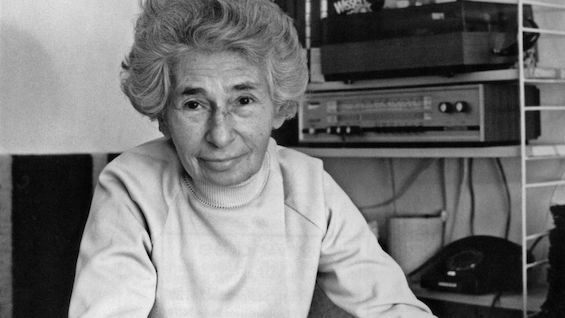
“the most successful female spy of the 20th century.” Image credit: ABC
However, there were exceptional spies who did, in fact, impact the course of history. The most prominent of them were:
- The German Communist working from Japan for the USSR, Richard Sorge, whose intelligence enabled Stalin to move half a million men from the Far East to the defense of Moscow in 1941;
- The motley collection of double agents recruited by MI6 who played critical roles in the D-Day deception that misdirected German forces toward the Pas de Calais instead of Normandy;
- And the young refugee German physicist Klaus Fuchs who passed along the nuclear research secrets of the British Tube Alloys program and American Manhattan Project to the Soviet Union—and directly to Josef Stalin himself—through the hands of Soviet spy Ursula Kuczynski during Fuchs’ years in Great Britain (1941-43).
For related reading
I’ve reviewed five other excellent books about World War II espionage and special operations by Ben MacIntyre:
- Operation Mincemeat: How a Dead Man and a Bizarre Plan Fooled the Nazis and Assured Allied Victory (How the Allies fooled the Nazis with a corpse)
- Double Cross: The True Story of the D-Day Spies (A new spin on why the Normandy invasion succeeded)
- Rogue Heroes: The History of the SAS, Britain’s Secret Special Forces Unit that Sabotaged the Nazis and Changed the Nature of War (The story of the original special forces)
- A Spy Among Friends: Kim Philby and the Great Betrayal (Was Kim Philby the greatest spy ever?)
- Prisoners of the Castle: An Epic Story of Survival and Escape from Colditz, the Nazis’ Fortress Prison (The epic story of a legendary WWII Nazi POW camp)
Also, I’ve reviewed many other good books about Female spies and saboteurs in World War II.
You might also enjoy my posts:
- 20 good nonfiction books about espionage
- The 10 top espionage novels
- 5 top nonfiction books about World War II
- The 10 best novels about World War II
And you can always find my most popular reviews, and the most recent ones, on the Home Page.

